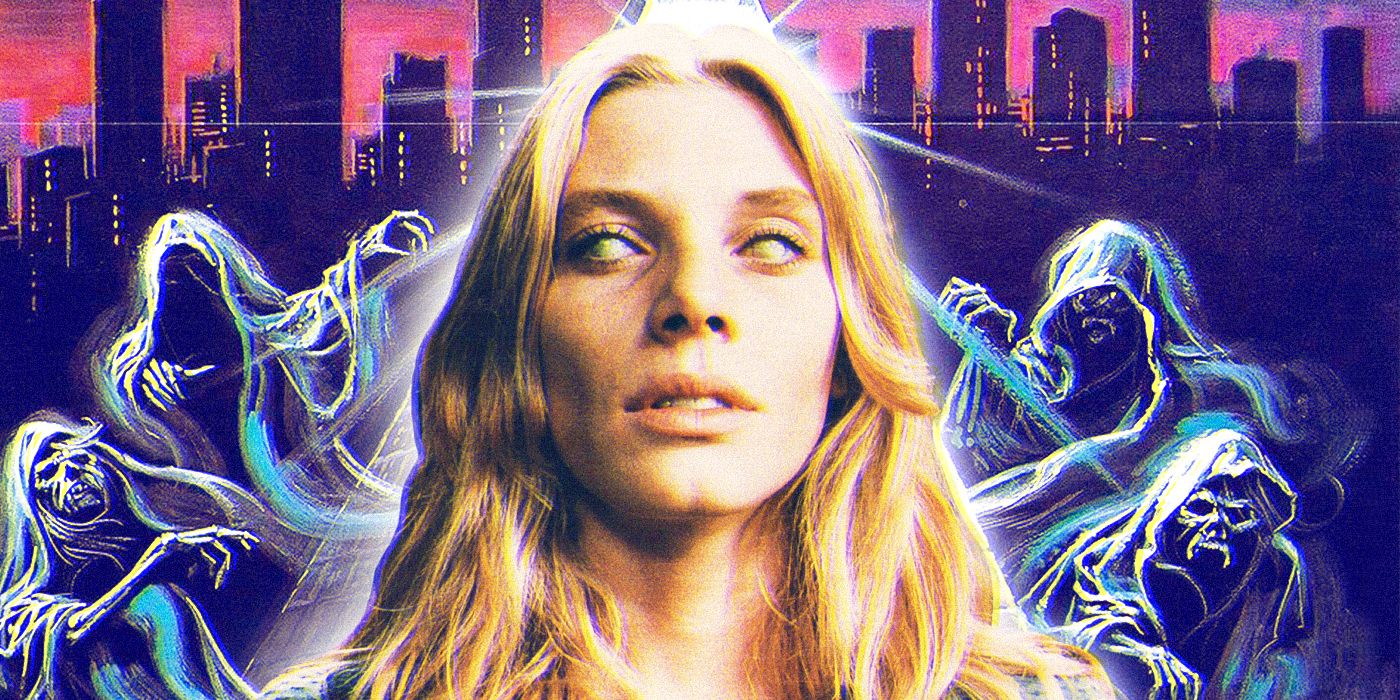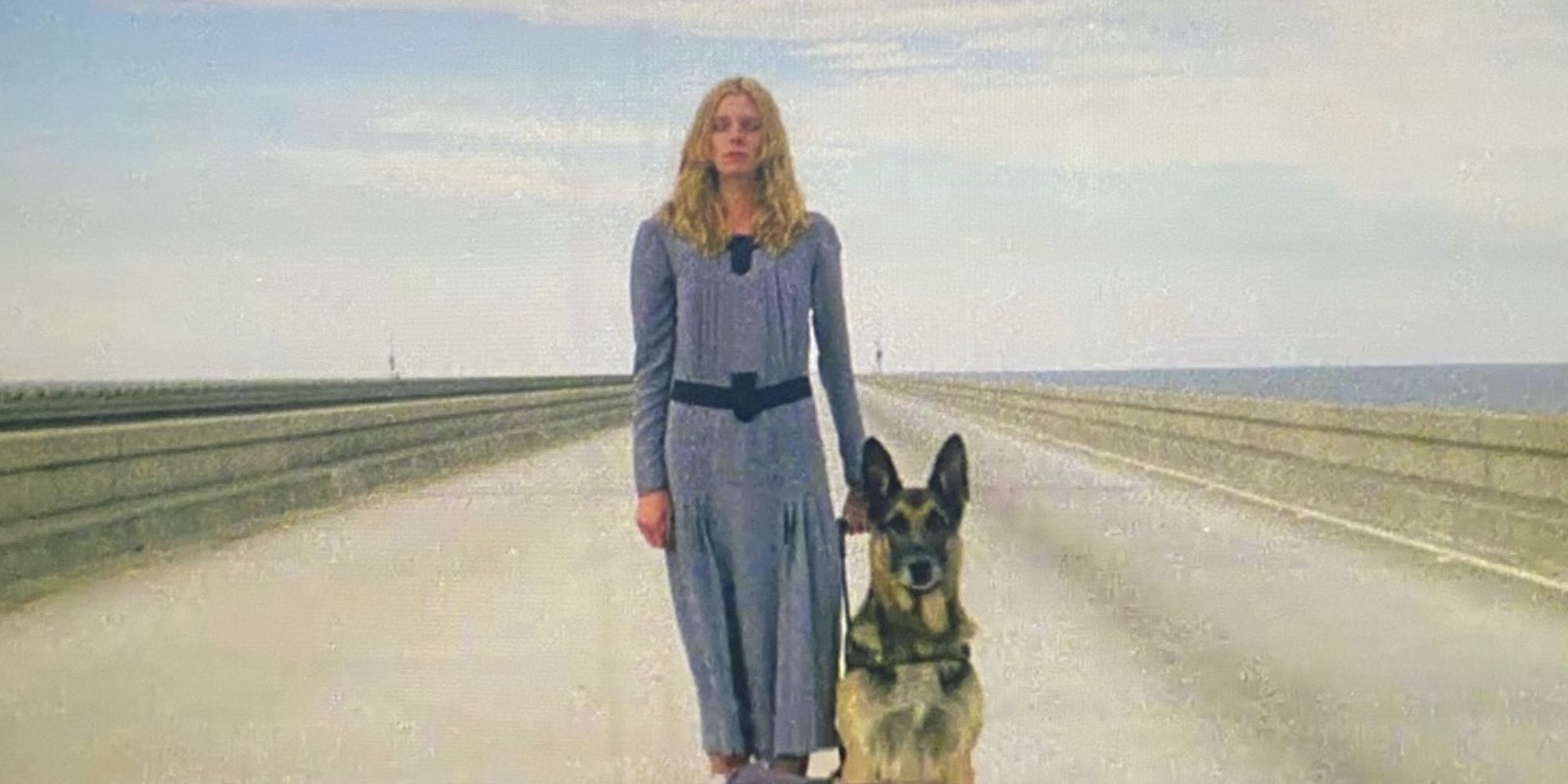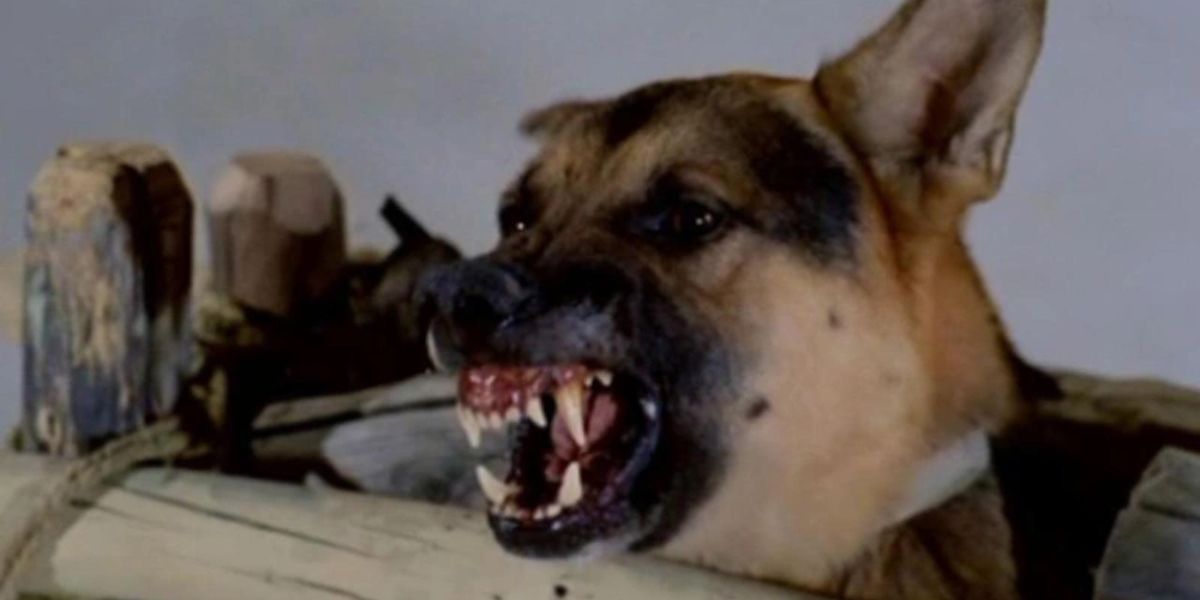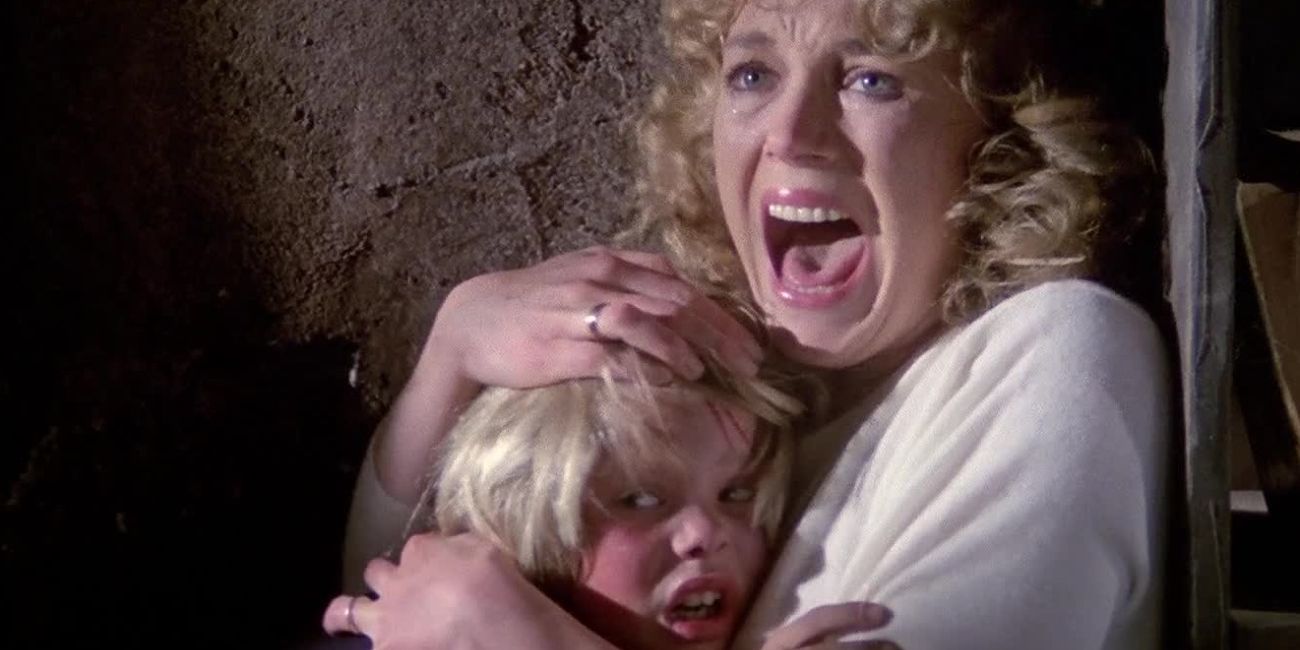Generally speaking, the Father, the Son, and the Holy Ghost of Italian Giallo cinema could be said to be Dario Argento, Mario Bava, and Lucio Fulci. Of course, there are plenty of other, brilliant Giallo filmmakers we could write about here, but it is often re-iterated that these three aforementioned geniuses are usually considered the unofficial guardians of this gory and beloved subgenre. Certainly, anyone who is looking to educate themselves on Giallo 101 could do worse than to start with these filmmakers.
Argento is considered by many to be the artsiest of the bunch: pictures like the immortal Suspiria and the skin-crawling Deep Red certainly do not lack for shocks, but they are also deceptively intelligent, gruesomely funny art films whose sophistication sometimes betrays their disreputable exteriors (it’s no wonder that Argento has gone on to influence and, in some cases, collaborate with the likes of button-pushing Euro-extremity provocateurs like Gaspar Noé and Nicolas Winding Refn). Bava, on the other hand, is fond of kitsch and camp: B-movie classics like Blood and Black Lace, Black Sabbath, and Planet of the Vampires adopt a kind of spooky, retro, lava lamp-accented visual signature, and the director's proclivity for nastiness is, while obviously a factor in his artistic toolkit, ultimately a bit dialed down from the far more vicious Mr. Argento.
How Is Fulci's Work Different?
Fulci, then, is the unrepentant gorehound of the Giallo triumvirate. Here is a man who never met a bloody practical effect he didn’t adore, and a true artist who seemed to operate from one overriding principle as he made his way through a career that included slashers, straightforward dramas, sex comedies, spaghetti Westerns, haunted-house chillers, Poliziotteschi (sleazy Italian cops-and-robbers thrillers), and of course, Giallos. That principle is as follows: “how much twisted madness can I get away with this time?”
Fulci’s movies would be easy to dismiss as trash if they weren’t so exceptionally well-made. There is an almost perverse sense of opposition between the refined, exceedingly self-aware nature of Fulci’s authorial craft, and the unholy, blasphemous, at times gag-inducing images he puts up on the screen. Fulci essentially treated horror movie gore the same way Bobby and Peter Farrelly used to treat gross-out comedy gags when they directed movies like Dumb and Dumber or There’s Something About Mary: that is to say, Fulci delights in the squelchy, in-your-face details of what he does, like when he watches a small army of spiders rip a man’s flesh straight off his bones in 1981’s Southern Gothic-inspired The Beyond, or simply taking his sweet time as he watches a young woman have a sharp object plunged straight through her eye socket in the tropical-undead cult classic Zombi (which you might have seen under one of the following titles: Zombi 2, Nightmare Island, or Zombie Flesh Eaters).
Fulci's Path Into Moviemaking
Lucio Fulci was born in Rome in 1927. He got his sea legs, cinematically speaking, making a series of documentary shorts in the late 1940s, before directing his first official feature, I Ladri, or The Thieves, in 1959. The crime-comedy bears little of the stylistic hallmarks that would go on to define Fulci's later, more grotesque, and, it must be said, widely respected work. What we now know as the in-house Lucio Fulci style became more prominent with early-ish efforts like A Lizard in a Woman’s Skin, a particularly nightmarish 70s Giallo, and the haunting Don’t Torture A Duckling, the story of a small-knit village rocked by a series of child murders that concludes with a seemingly endless, accidentally hilarious shot of a priest falling down a cliffside to his death.
Fulci Continued Experimenting Throughout the 1970s
Fulci continued to experiment throughout the 1970s, tackling the respective mythologies of White Fang and Dracula in 1973's White Fang and Dracula in the Provinces, respectively before taking on more subtle, soulful psychological thrillers like 1977’s drastically underrated The Psychic. Amidst all this he still somehow managing to helm the odd sex comedy here and there like My Sister In Law. Giallo and goofy sex comedies: you don’t have Italian cinema in the 70s without these two subgenres. Zombi seemed to mark a point of transition in Fulci’s career: here was a blood-soaked zombie allegory without any pretense of sociopolitical relevance, with the violent extremity cranked up to 1,000, plus a zombie-versus-shark fight thrown into the mix for good measure. 1981’s terrific City Of The Living Dead, about a priest who unwittingly opens a portal to hell from which the undead can roam the earth and tormented the living, was a continuation of the gruesome style established in Zombi. Ditto for The Beyond, which might be the Lucio Fulci movie/cinematic gateway drug we recommend to someone who has yet to take the full plunge into the man's filmography.
The films that Fulci made as he transitioned into the 1980s – we’re thinking of his sleepy, menacing take on Poe’s The Black Cat, and the deeply creepy haunted-house flick, The House by the Cemetery – almost qualify as subtle, at least by this director’s standards. But then, how does one account for the spectacularly skeezy likes of something like 1982’s The New York Ripper, an almost assaultively barbaric serial killer slasher about a deranged killer who taunts the authorities by calling his local police precinct and quacking like a duck? Or how about 1986’s The Devil’s Honey, a film that is considered illicit even by the standards of the guy who is in the running with Herschell Gordon Lewis for the most uncompromising horror auteur of all time?
What Makes Fulci's Brand of Cinema Unique?
What makes Lucio Fulci’s uniquely sick brand of cinema such a joy is exactly the same element that makes his owrk comparable to the Argento’s and Bava’s of the Italian cinema cannon: no one, and we do mean no one, makes movies quite like this dude. Fulci's horror films make the works of American directors from the same time period look timid. For Fulci, the art of disgusting an audience is very much that: an art in and of itself. If you find yourself grooving on the films of Bava and Argento in time for spooky season, odds are, you'll find much to appreciate about the work of Lucio Fulci.
Many of Fulci's best films are currently streaming on Shudder, with a few more – Manhattan Baby, Demonia, Aenigma – set to drop later this month. So if you find the work of Dario Argento too restrained, turn the lights down low, crank up some Fulci, and have a party with the undead spirits who haunt your house/apartment. We promise you, there's worse ways to unwind this Halloween.




